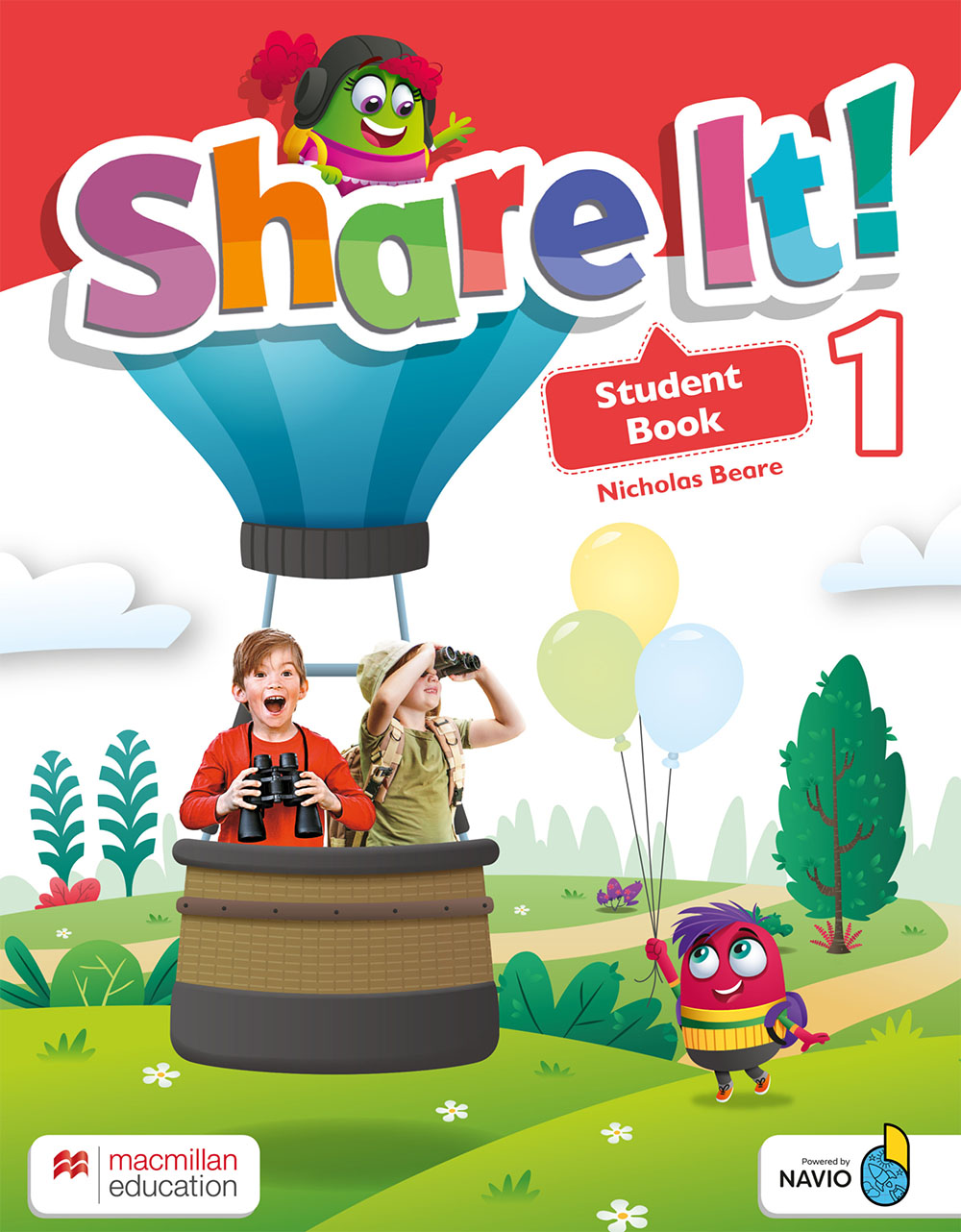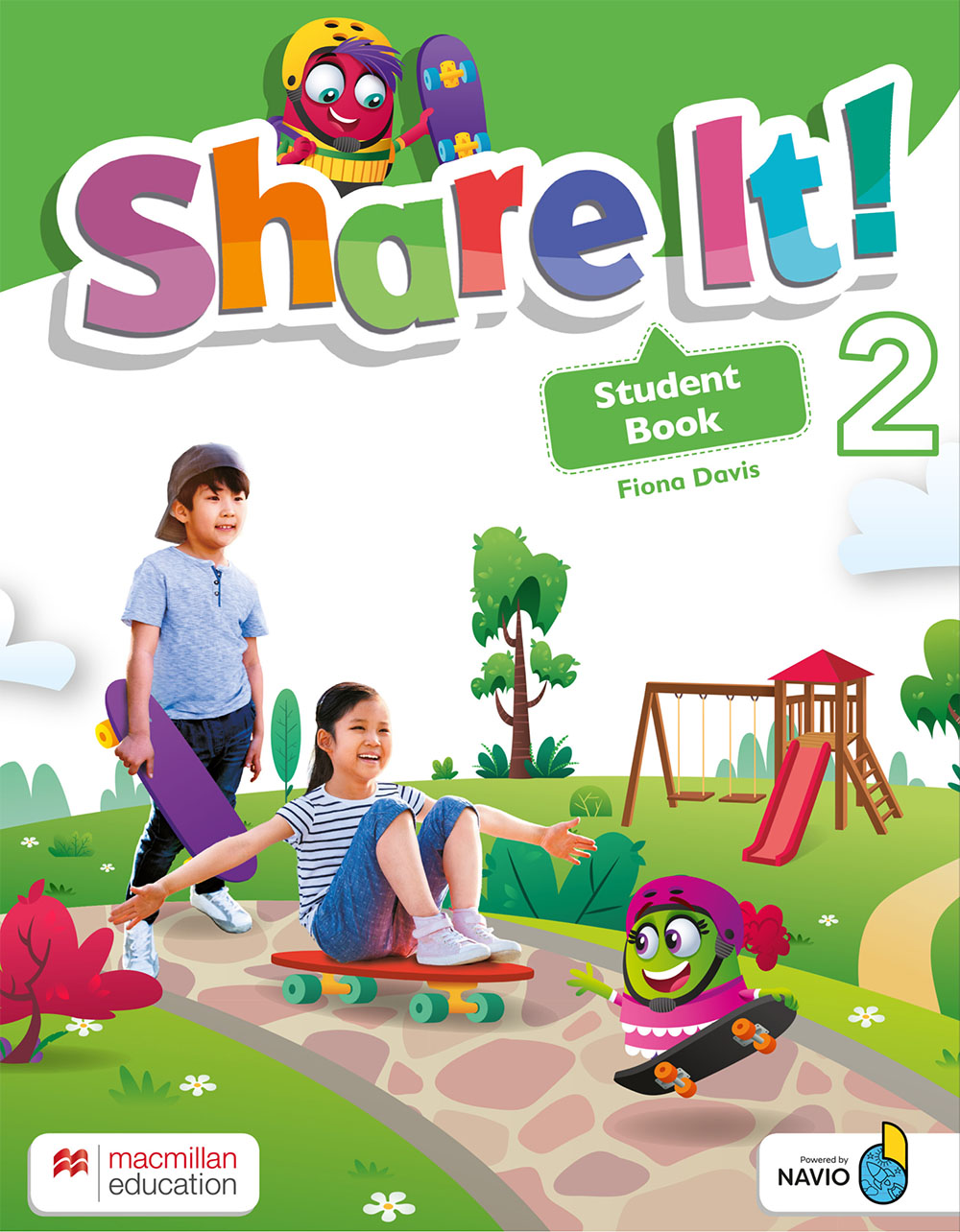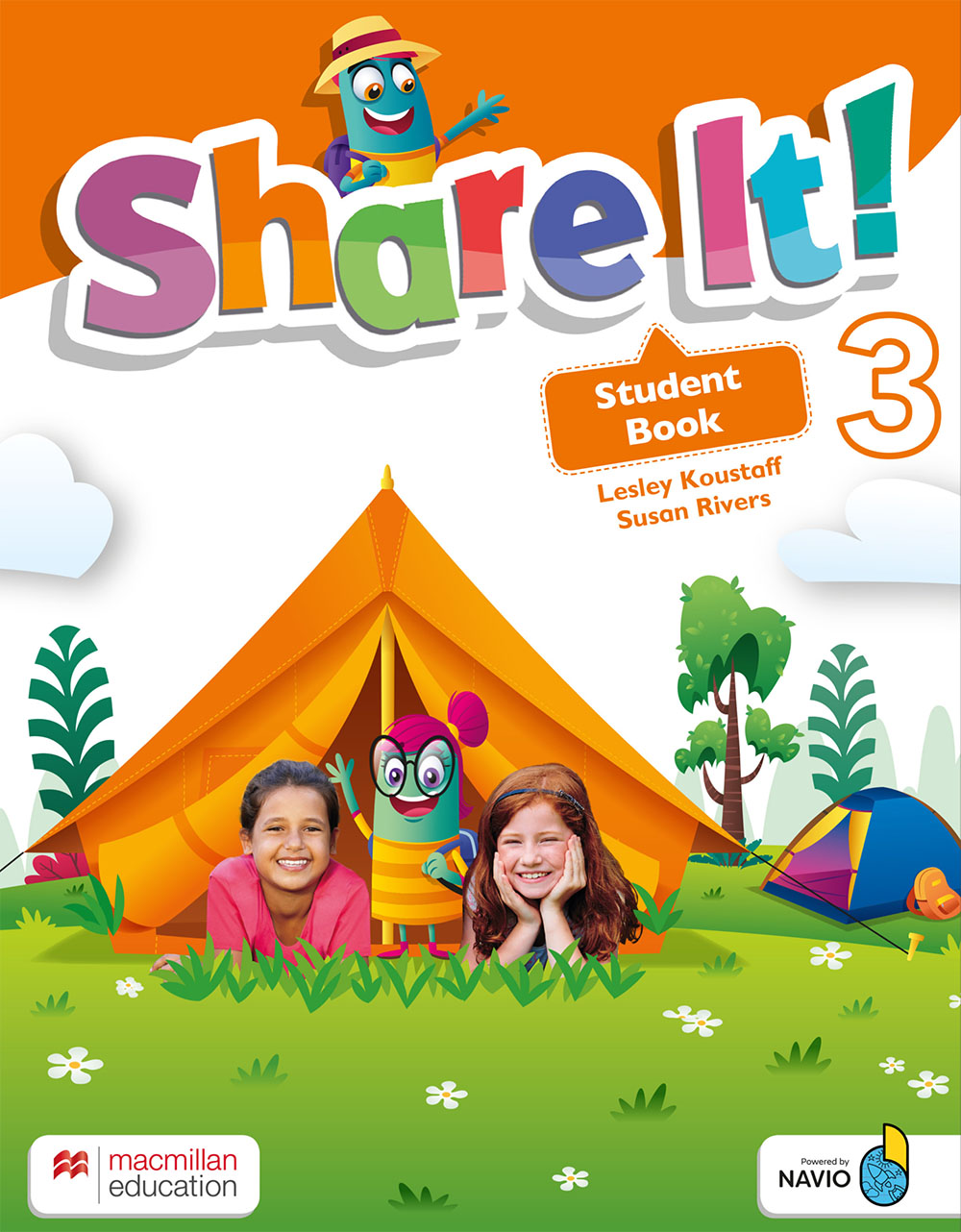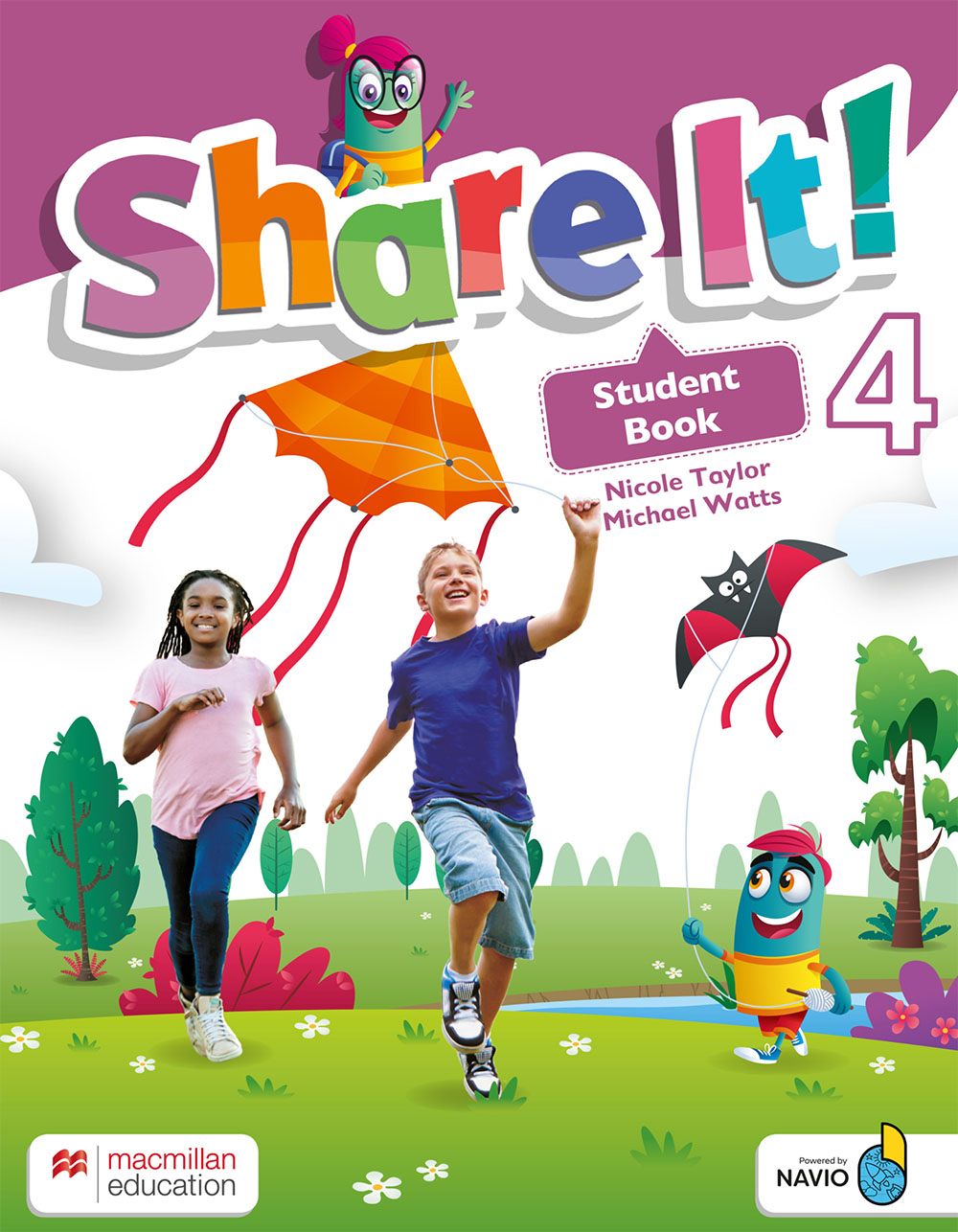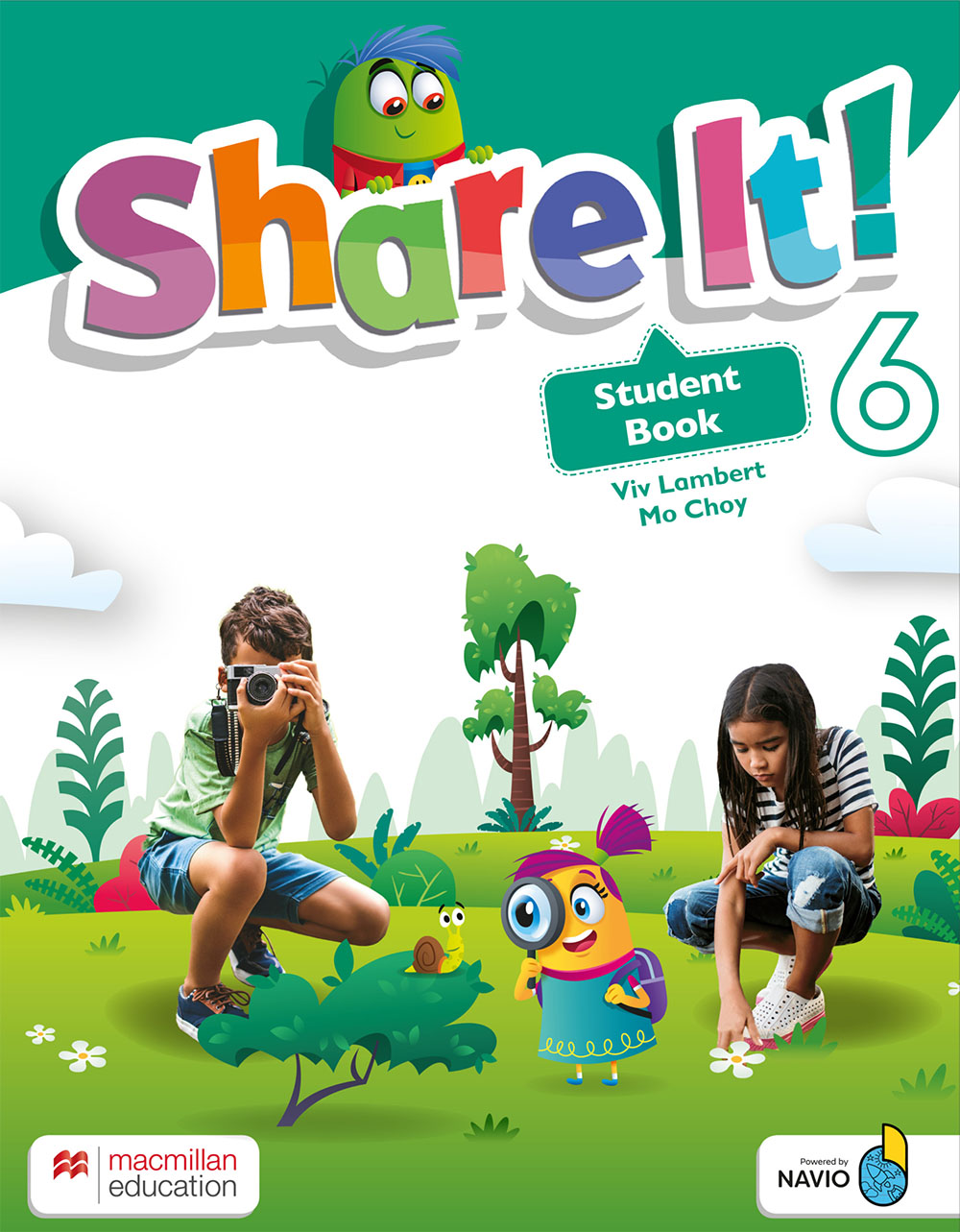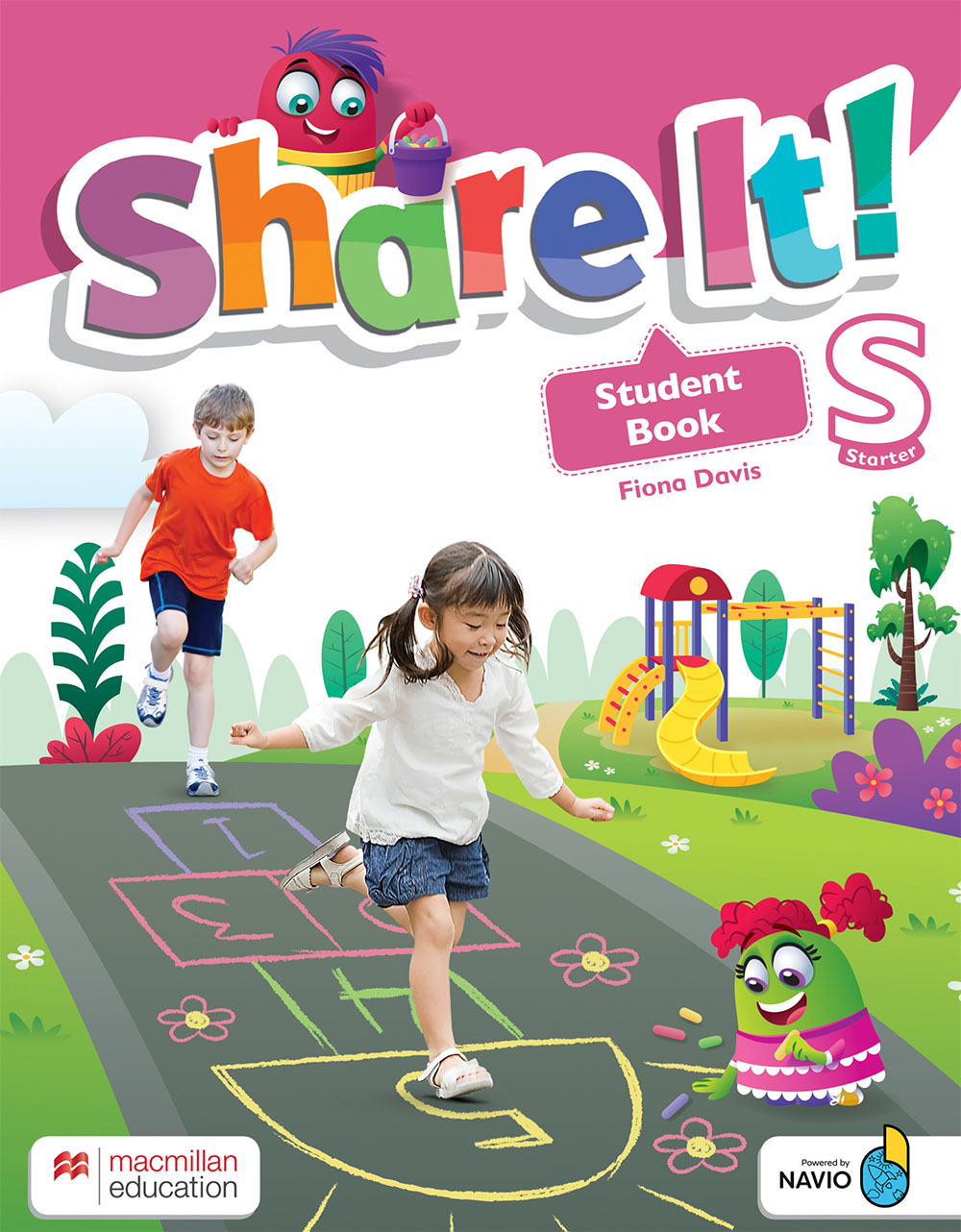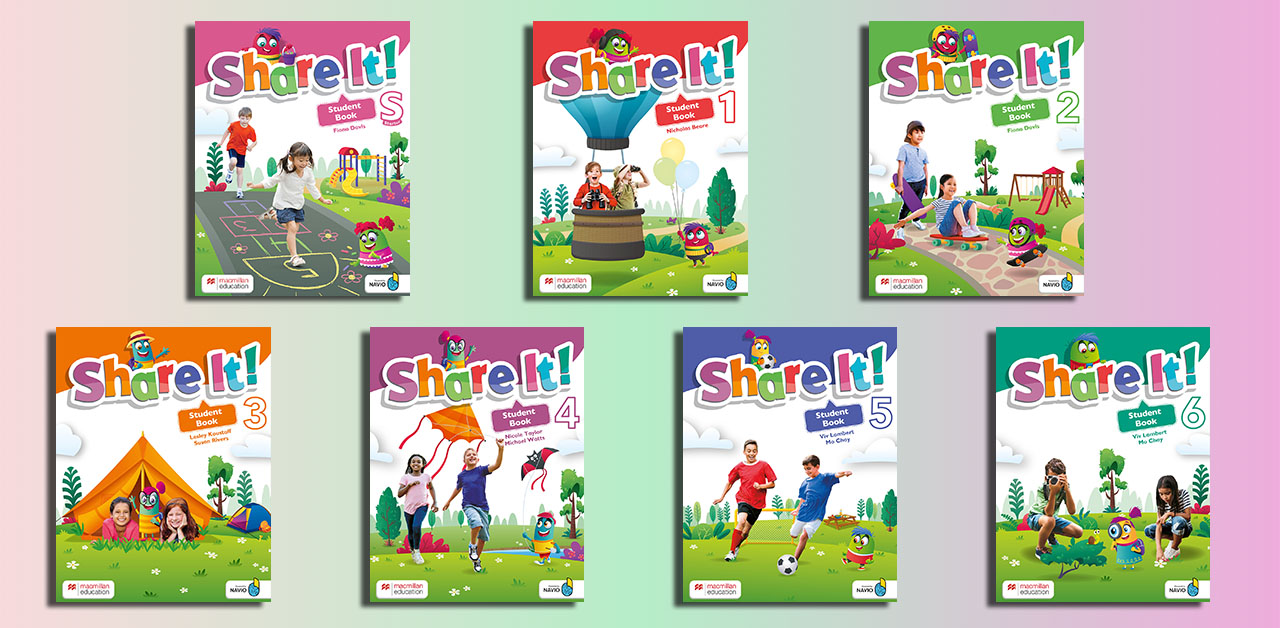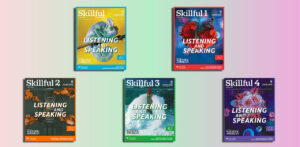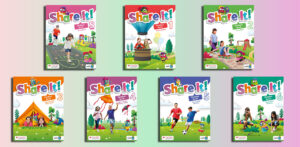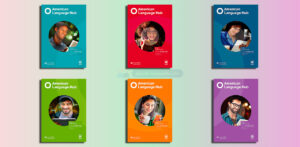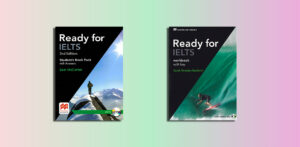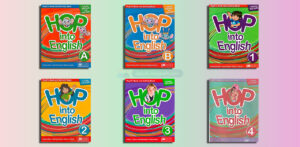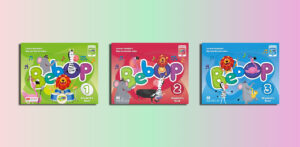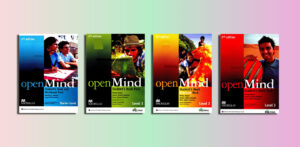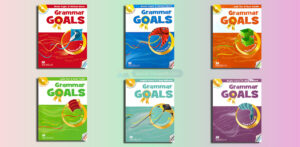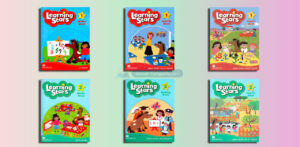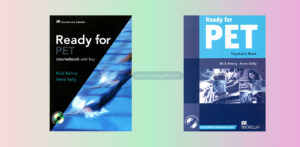Share It! (PDFs, Resources)
Level 1
Share It! 1 Resources (Audio Video Worksheet Flashcard).zip
Share It! 1 Sharebook.pdf
Share It! 1 Student Book.pdf – Sample: Click
Share It! 1 Teacher Edition.pdf – Sample: Click
Share It! 1 Tests.zip
Share It! 1 Workbook.pdf – Sample: Click
Level 2
Share It! 2 Resources (Audio Video Worksheet Flashcard).zip
Share It! 2 Sharebook.pdf
Share It! 2 Student Book.pdf – Sample: Click
Share It! 2 Teacher Edition.pdf – Sample: Click
Share It! 2 Tests.zip
Share It! 2 Workbook.pdf – Sample: Click
Level 3
Share It! 3 Resources (Audio Video Worksheet Flashcard).zip
Share It! 3 Sharebook.pdf
Share It! 3 Student Book.pdf – Sample: Click
Share It! 3 Teacher Edition.pdf – Sample: Click
Share It! 3 Tests.zip
Share It! 3 Workbook.pdf – Sample: Click
Level 4
Share It! 4 Resources (Audio Video Worksheet Flashcard).zip
Share It! 4 Sharebook.pdf
Share It! 4 Student Book.pdf – Sample: Click
Share It! 4 Teacher Edition.pdf – Sample: Click
Share It! 4 Tests.zip
Share It! 4 Workbook.pdf – Sample: Click
Level 5
Share It! 5 Resources (Audio Video Worksheet Flashcard).zip
Share It! 5 Sharebook.pdf
Share It! 5 Student Book.pdf – Sample: Click
Share It! 5 Teacher Edition.pdf – Sample: Click
Share It! 5 Tests.zip
Share It! 5 Workbook.pdf – Sample: Click
Level 6
Share It! 6 Resources (Audio Video Worksheet Flashcard).zip
Share It! 6 Sharebook.pdf
Share It! 6 Student Book.pdf – Sample: Click
Share It! 6 Teacher Edition.pdf – Sample: Click
Share It! 6 Tests.zip
Share It! 6 Workbook.pdf – Sample: Click
Starter
Share It! Starter Resources (Audio Video Worksheet Flashcard).zip
Share It! Starter Sharebook.pdf
Share It! Starter Student Book.pdf – Sample: Click
Share It! Starter Teacher Edition.pdf – Sample: Click
Share It! Starter Tests.zip
Share It! Starter Workbook.pdf – Sample: Click
Contents
| ✅ Coursebook: | Share It! |
| ✅ Publisher: | Macmillan Education |
| ✅ For: | Primary School |
| ✅ 6 Levels: | Pre A1, A1, A2 |
| ✅ English type: | American English |
| ✅ Publication year: | 2021 |
“Share It!” is a dynamic English language learning series developed by Macmillan Education, aimed at children in primary school and early secondary school levels. The series emphasizes a communicative approach, encouraging learners to share ideas, collaborate with peers, and build confidence in their ability to use English in real-world contexts. Each level of the series is designed to guide students from basic English proficiency to more advanced language skills through engaging activities, clear grammar explanations, and practical vocabulary.
Key Features of “Share It!”
1. Child-Centric Design
“Share It!” is built around the unique needs of young learners, offering a visually stimulating layout with colorful illustrations, photographs, and fun characters. These design elements not only capture the students’ attention but also aid in comprehension and retention. The course encourages active participation, fostering an environment where children can enjoy learning while developing key language skills.
2. Integrated Skills Approach
The series integrates the four key language skills: listening, speaking, reading, and writing. Each unit is structured to ensure that students practice all these skills in a cohesive way. For instance, a unit might introduce new vocabulary through an interactive listening exercise, followed by speaking tasks that encourage students to use the vocabulary in context. This holistic approach ensures that learners build a well-rounded language proficiency.
3. Real-World Context
A major strength of “Share It!” is its focus on practical, real-world language use. The course presents scenarios and activities that mirror everyday situations, from ordering food in a restaurant to describing people’s emotions or talking about hobbies. This helps students understand the relevance of the language they are learning and how it can be applied in their daily lives.
4. Focus on Communication and Collaboration
At the core of the “Share It!” series is the emphasis on communication. The coursebook contains numerous pair and group activities designed to foster collaboration and peer learning. By engaging in dialogues, role plays, and group discussions, students not only practice their language skills but also improve their social and teamwork abilities. These activities promote confidence and encourage a communicative, interactive approach to language learning.
5. Adaptable for Different Learning Styles
Recognizing that every learner is unique, “Share It!” offers flexibility in terms of content delivery. Whether students are auditory, visual, or kinesthetic learners, the course provides various types of exercises and activities to cater to different preferences. This adaptability ensures that all students can engage with the material in a way that suits their individual learning styles, making the learning experience more effective and enjoyable.
Conclusion
“Share It!” by Macmillan is an excellent resource for primary and early secondary school students looking to improve their English language skills in a fun and engaging way. With its integrated skills approach, real-world contexts, and focus on communication, it provides a comprehensive learning experience that encourages active participation and collaboration. Whether used in the classroom or for self-study, “Share It!” supports students in building language proficiency while cultivating a positive attitude towards learning English.
Share It! Starter Student Book
1. Primary School Students (Ages 6-12)
“Share It!” is primarily intended for children between the ages of 6 and 12, making it perfect for primary school students. This age group is still in the early stages of language development, which is why the course offers a gentle yet structured approach.
Why it’s Suitable:
- Foundational Language Skills: The series introduces children to basic vocabulary, grammar, and sentence structures, providing the foundation necessary for language acquisition.
- Engaging Visuals: The content is filled with colorful illustrations, stories, and characters that appeal to young learners and help make language learning enjoyable.
- Interactive Activities: “Share It!” includes games, songs, and dialogues, all of which help children interact with the language in a fun, playful manner. These interactive features encourage retention and build confidence.
Best for:
- Learners starting from scratch or those at an early stage in their English language development.
- Children who thrive in visually rich environments with a focus on active learning.
2. Young Learners with Limited English Exposure
While “Share It!” is suited to children at different stages of learning, it is especially beneficial for learners with limited exposure to English. Whether in a non-English speaking country or in regions where English is a second language, children often need an accessible introduction to the language.
Why it’s Suitable:
- Simple and Clear Structure: The lessons in “Share It!” are designed with beginners in mind, ensuring that learners can progress at their own pace without feeling overwhelmed.
- Emphasis on Listening and Speaking: For young learners with limited exposure, the focus on listening and speaking skills helps build confidence in using the language in everyday contexts.
- Cultural Context: The course integrates cultural insights from English-speaking countries, helping children relate to the language and see its relevance in the real world.
Best for:
- Learners who are beginners or have little prior exposure to English.
- Children who need an introduction to the language that takes into account their limited English environment.
3. Children with a Variety of Learning Styles
Every child learns differently, and “Share It!” caters to a wide range of learning styles. Whether a child is more auditory, visual, or kinesthetic, the course incorporates elements that engage all types of learners.
Why it’s Suitable:
- Visual Learners: The series includes vivid pictures, illustrations, and diagrams, helping students who learn best through sight.
- Auditory Learners: With an emphasis on listening comprehension and audio dialogues, auditory learners can engage with the content through songs, rhymes, and stories.
- Kinesthetic Learners: The hands-on activities and interactive group tasks offer opportunities for kinesthetic learners to physically engage with the material.
Best for:
- Students who have specific learning preferences, whether they excel through visual, auditory, or kinesthetic approaches.
- Teachers who wish to use differentiated instruction to cater to the unique needs of each learner in their classroom.
Share It! 1 Student Book
4. Young Learners Interested in Real-World English Use
One of the standout features of “Share It!” is its focus on real-world scenarios. The course integrates vocabulary and grammar through context-based activities, such as ordering food, asking for directions, and talking about hobbies. This makes it ideal for children who are ready to apply English to everyday situations.
Why it’s Suitable:
- Practical Language Use: Children can connect with the material because it reflects situations they encounter in their own lives.
- Engaging Content: The scenarios featured in the course, such as social interactions, family discussions, and everyday activities, encourage children to use English in a functional way.
- Confidence Building: As children practice English in realistic settings, they build the confidence to use the language in real-life interactions.
Best for:
- Young learners who are motivated by the idea of using English in practical, real-life situations.
- Students who are transitioning from theoretical knowledge to applying English in their daily lives.
5. Teachers and Educators Seeking Interactive Learning Tools
Educators looking for an effective, flexible coursebook that encourages student participation will find “Share It!” to be a highly suitable choice. The series provides an excellent balance between teacher-led instruction and student-centered activities.
Why it’s Suitable:
- Teacher-Friendly: The teacher’s guide offers easy-to-follow instructions and provides suggestions for additional activities, making it easier to integrate the course into any classroom setting.
- Promotes Collaboration: Group activities and pair work help foster an interactive classroom environment where children can learn from each other.
- Progressive Learning: The series is structured to allow students to progress step-by-step, building on what they’ve learned in previous lessons.
Best for:
- Teachers who want to encourage active learning and collaboration in their classroom.
- Educators looking for a comprehensive resource that aligns with global English learning standards.
Conclusion
“Share It!” by Macmillan is a versatile and engaging coursebook that caters to a wide range of learners. Whether you’re a primary school student just starting to learn English, a teacher looking for interactive teaching tools, or a young learner interested in practical language use, “Share It!” offers a dynamic and accessible approach to language learning. By combining structured lessons, real-world applications, and interactive content, it ensures that learners of all types can benefit and progress confidently in their English language journey.
Share It! 2 Student Book
1. Engaging and Interactive Content
One of the most significant benefits of “Share It!” is its emphasis on engagement. The series offers rich, interactive content that not only keeps students interested but also enhances their learning experience. Through a combination of stories, songs, games, and activities, children are encouraged to actively participate in lessons rather than passively absorb information.
Why It Matters:
- Motivation and Enjoyment: The visually appealing materials, including colorful illustrations, dynamic characters, and relatable scenarios, make the lessons more enjoyable. This helps children stay motivated and excited about learning English.
- Active Participation: Interactive exercises, such as pair work, group tasks, and games, require students to speak, listen, and collaborate with their peers, turning learning into an engaging social experience.
Benefit for Learners:
- Sustains Interest: Fun, creative activities encourage students to look forward to each lesson, which helps maintain long-term interest in learning English.
2. Holistic Language Skills Development
“Share It!” takes a balanced approach to language learning by integrating all four key language skills: listening, speaking, reading, and writing. The course emphasizes communicative competence, ensuring that students are not only learning English grammar and vocabulary but also applying it in real-life situations.
Why It Matters:
- Comprehensive Learning: By incorporating all language skills, “Share It!” ensures that students become well-rounded language users, able to understand, speak, read, and write effectively.
- Practical Language Use: The activities and scenarios in the book are designed to replicate real-life contexts, allowing students to practice English as it is actually used in everyday conversations.
Benefit for Learners:
- Builds Confidence: As students practice speaking, listening, reading, and writing in meaningful contexts, they build confidence in their ability to use English naturally.
3. Student-Centered Approach
A hallmark of “Share It!” is its student-centered approach to teaching. The course encourages learners to be actively involved in their own learning process, with a strong focus on communication and collaboration. The activities are designed to promote peer interaction, problem-solving, and creative thinking.
Why It Matters:
- Promotes Independent Learning: By engaging in tasks that require critical thinking and collaboration, students learn to take ownership of their education.
- Encourages Communication: The interactive tasks push students to communicate and express themselves in English, fostering essential social skills alongside language proficiency.
Benefit for Learners:
- Develops Autonomy: Students become more independent and confident in using English, knowing they can actively contribute to discussions and learn from their peers.
Share It! 3 Student Book
4. Cultural Awareness and Real-World Relevance
“Share It!” is not only about language; it also provides valuable insights into the culture and daily life of English-speaking countries. By introducing students to real-world situations, customs, and traditions, the series helps learners understand the broader context of the language they are studying.
Why It Matters:
- Global Perspective: Exposure to different cultures broadens students’ understanding of the world and helps them develop a more global mindset.
- Real-Life Application: By learning how English is used in everyday situations, students can see the practical value of their language skills.
Benefit for Learners:
- Increases Motivation: Understanding the cultural context of the language makes learning English more meaningful and relevant to students’ lives.
5. Adaptable for Different Learning Styles
Every child has a unique way of learning, and “Share It!” recognizes this by offering diverse activities that cater to different learning styles. Whether a student learns best through visuals, listening, or hands-on activities, “Share It!” provides opportunities for all types of learners to engage with the material effectively.
Why It Matters:
- Variety of Activities: The course includes a mix of visual, auditory, and kinesthetic activities, ensuring that all students can participate in ways that align with their preferred learning styles.
- Differentiated Instruction: Teachers can easily adjust the course materials and activities to meet the specific needs of their students, whether they need extra support or more challenging tasks.
Benefit for Learners:
- Inclusive Learning Environment: All students, regardless of their learning preferences, can feel confident and supported as they progress in their English studies.
6. Supports Teacher Instruction
“Share It!” also benefits educators by providing a structured yet flexible framework for teaching. Teachers have access to comprehensive teaching guides, lesson plans, and additional resources that help them create an engaging, effective classroom environment.
Why It Matters:
- Teacher-Friendly Resources: The teacher’s guide includes step-by-step instructions, teaching tips, and activities to ensure smooth delivery of lessons.
- Flexible Implementation: While the course is designed to be used sequentially, it allows teachers the flexibility to adapt lessons to the pace and needs of their students.
Benefit for Teachers:
- Effective Teaching Support: Teachers can easily integrate the course into their curriculum and provide a well-rounded learning experience for their students.
7. Builds Confidence through Continuous Assessment
“Share It!” incorporates regular formative assessments to track student progress and provide valuable feedback. This approach helps both teachers and students identify areas for improvement while ensuring that learning is ongoing and measurable.
Why It Matters:
- Regular Feedback: Through quizzes, activities, and self-assessment, students can monitor their own progress and see how far they’ve come.
- Personalized Learning: With continuous assessments, teachers can provide targeted support to individual students, addressing specific challenges or gaps in their learning.
Benefit for Learners:
- Boosts Self-Esteem: As students progress and receive positive feedback, their confidence grows, encouraging them to continue improving their English language skills.
Conclusion
The benefits of “Share It!” by Macmillan extend beyond just learning English. With its engaging content, holistic skills development, student-centered approach, and real-world applications, the coursebook is a powerful tool that helps young learners grow both academically and socially. Whether used in the classroom or for self-study, “Share It!” provides students with the confidence, skills, and cultural knowledge they need to thrive in today’s globalized world. By creating an interactive, inclusive, and motivating learning environment, “Share It!” ensures that learners are not only prepared for academic success but also equipped for life beyond the classroom.
Share It! 4 Student Book
1. Active Participation through Collaborative Learning
One of the most effective strategies for using “Share It!” is encouraging active participation through collaborative learning. The coursebook is designed with numerous group and pair activities that foster communication and peer interaction. These activities can be used to encourage students to practice speaking and listening skills in a real-world context, which is essential for building fluency.
How to Apply:
Pair Work: Assign tasks that require students to work in pairs, such as role-playing conversations or completing exercises together. This encourages active listening and speaking.
Group Discussions: Use group activities like debating a topic or discussing a story to get students talking in English. Make sure each student has a chance to contribute to the conversation.
Collaborative Projects: Have students collaborate on projects that require them to use English in practical ways, such as creating posters, presentations, or skits.
Benefit:
Promotes teamwork, improves communication skills, and makes learning more dynamic. By discussing and solving tasks together, students engage deeply with the language and learn from one another.
2. Task-Based Learning for Practical Application
“Share It!” emphasizes learning through real-life contexts, and a task-based learning approach can help learners further connect the language to everyday situations. This strategy allows students to use English meaningfully by focusing on tasks they might encounter outside of the classroom.
How to Apply:
- Real-World Scenarios: Incorporate tasks from the course that simulate real-world situations, such as ordering food, asking for directions, or making introductions. Use role plays or simulations to bring these tasks to life.
- Problem-Solving Activities: Provide scenarios that require students to work together to solve problems, such as planning a trip or organizing a school event. This encourages critical thinking and language use.
- Practical Writing: Have students write notes, messages, or even emails, encouraging them to practice writing English in a functional, real-world context.
Benefit:
- Makes language learning more relevant and applicable to daily life, ensuring that students understand the practical value of what they’re learning and can use it confidently in real situations.
3. Scaffold Learning with Step-by-Step Support
A scaffolded approach to learning involves breaking down complex tasks into smaller, manageable steps. “Share It!” naturally lends itself to this strategy, as it presents language concepts gradually, allowing learners to build on prior knowledge.
How to Apply:
- Start with the Basics: Begin with foundational vocabulary and simple sentence structures. Gradually introduce more complex concepts as students gain confidence and proficiency.
- Use Guided Practice: Initially, provide structured exercises that guide students through the learning process. Gradually reduce the level of guidance as students become more independent.
- Review and Reinforce: Regularly review previously learned material to ensure retention. Use quizzes, games, and flashcards to reinforce key vocabulary and grammar.
Benefit:
- Reduces overwhelm and frustration by ensuring that learners progress at a comfortable pace. It helps students build confidence as they master each step before moving on to more challenging tasks.
4. Incorporate Visual Learning Aids
“Share It!” offers a rich variety of visuals, from colorful images to charts and diagrams, all of which support learning. Leveraging these visuals can help reinforce language concepts and improve comprehension, particularly for visual learners.
How to Apply:
- Flashcards and Picture Dictionaries: Use flashcards with images to reinforce vocabulary. For example, show pictures of common objects and have students name them in English.
- Mind Maps: Use mind maps to connect related vocabulary and concepts. This can be especially useful for topics like food, family, or the weather.
- Visual Storytelling: Have students create their own stories or dialogues using pictures from the course. This helps them practice writing and speaking while being visually guided.
Benefit:
- Visual aids cater to different learning styles and improve retention by providing visual context for new vocabulary and grammar structures.
5. Incorporate Technology for Interactive Learning
Using technology can significantly enhance the learning experience by providing interactive and multimedia-based activities. Integrating online resources, games, and apps with “Share It!” can help students engage with the content in a modern and dynamic way.
How to Apply:
- Interactive Games: Use online language games that align with the topics in “Share It!” to make learning more fun and engaging.
- Digital Storytelling: Encourage students to create their own digital stories using apps or platforms where they can combine visuals, audio, and text in English.
- Online Quizzes: Incorporate online quizzes or language challenges to reinforce grammar and vocabulary and track students’ progress.
Benefit:
- Keeps students engaged and offers diverse learning formats. Technology-based activities allow for a more personalized learning experience and enable students to learn at their own pace.
6. Incorporate Regular Assessment and Feedback
Regular assessment and feedback are vital for tracking progress and ensuring that students are mastering key concepts. “Share It!” provides various assessment opportunities, but supplementing them with additional informal assessments can help reinforce learning.
How to Apply:
- Formative Assessments: Use regular quizzes, short written exercises, and group activities to assess understanding in a low-stakes manner. This allows for ongoing feedback and adjustment.
- Peer Feedback: Encourage students to give each other feedback during collaborative tasks or group work. This helps build a supportive learning environment where students learn from each other.
- Self-Assessment: Have students reflect on their progress by completing self-assessment checklists or journals. This encourages autonomy and self-awareness.
Benefit:
Provides valuable insights into student progress and identifies areas where additional support is needed. Ongoing assessment helps students stay engaged and motivated to improve.
7. Foster a Growth Mindset
Encouraging a growth mindset helps students view challenges as opportunities for growth rather than obstacles. “Share It!” is designed to be challenging but accessible, and fostering a mindset where students embrace learning as a continuous process can significantly enhance their experience.
How to Apply:
- Celebrate Effort: Praise effort, perseverance, and progress rather than just correct answers. This encourages students to keep trying, even when they face difficulties.
- Reframe Mistakes: Help students understand that mistakes are a natural part of learning. Encourage them to learn from their errors and keep improving.
- Set Achievable Goals: Set realistic and incremental learning goals that students can strive to meet. This builds confidence as they reach each milestone.
Benefit:
- Encourages resilience and a positive attitude towards learning. Students develop the confidence to take risks, make mistakes, and learn from them.
Conclusion
The effectiveness of “Share It!” by Macmillan is maximized when accompanied by thoughtful and well-implemented learning strategies. By promoting active participation, task-based learning, scaffolded instruction, visual aids, technology integration, regular assessments, and a growth mindset, teachers can create an environment where young learners are motivated, engaged, and confident in their English language abilities. By using these strategies, students will not only enjoy their language learning journey but also achieve long-term academic success.
Share It! 5 Student Book
1. Use a Communicative Language Teaching Approach
“Share It!” is designed with an emphasis on communication and practical language use. The communicative language teaching (CLT) approach, which prioritizes real-life language application and interaction, is a perfect fit for the course.
How to Apply:
- Encourage Pair and Group Work: Implement group activities where students practice conversations, role-plays, or problem-solving tasks. This helps develop their speaking and listening skills in a collaborative setting.
- Focus on Meaning, Not Just Form: While grammar and vocabulary are important, emphasize how students can use language to express meaning. Allow for mistakes and corrections as part of the natural learning process.
- Create Real-Life Contexts: Design activities that simulate real-life situations, such as shopping, ordering food, or asking for directions, encouraging students to use language in practical scenarios.
Benefit:
- This approach enhances students’ ability to use English in meaningful ways, building fluency and confidence through real-world communication.
2. Task-Based Learning (TBL)
Task-Based Learning (TBL) is an effective strategy that revolves around the completion of meaningful tasks using the target language. This strategy helps learners apply their language knowledge in practical contexts.
How to Apply:
- Set Clear, Practical Tasks: Create tasks based on real-world scenarios presented in “Share It!” For example, students can plan a trip, make a phone call, or complete a shopping list using the language they are learning.
- Task Before Teaching: Introduce a task first, allowing students to attempt it with minimal guidance. Afterward, review the task, focus on new vocabulary, and discuss any challenges encountered.
- Project-Based Learning: Incorporate projects that require students to collaborate, research, and present their findings in English, such as creating a class newsletter or a cultural presentation.
Benefit:
TBL promotes active engagement by making language learning more relevant and hands-on, helping students see the immediate usefulness of their language skills.
3. Scaffold Learning with Supportive Techniques
Scaffolding is an essential strategy in teaching young learners, allowing them to build on their prior knowledge and gradually progress to more complex tasks. “Share It!” naturally supports scaffolded learning, but teachers can take additional steps to ensure that students receive the right level of support.
How to Apply:
- Model New Language: Begin by modeling the target language (new vocabulary or grammar) and then have students practice with guided activities. Use prompts, visual aids, and example sentences to ensure comprehension.
- Gradual Release of Responsibility: Start by guiding students through tasks, then move to independent practice. For example, introduce a concept through a teacher-led activity, and then let students complete similar activities in pairs or individually.
- Use Visual Aids: Leverage the rich visuals in “Share It!” to help students connect new language with images. This could include flashcards, posters, mind maps, or diagrams.
Benefit:
- Scaffolding builds student confidence and ensures that they don’t become overwhelmed, allowing for gradual development of language proficiency.
4. Incorporate Formative Assessment and Feedback
Formative assessments are a valuable tool for gauging student progress and providing feedback that supports learning. Regular assessments, combined with constructive feedback, ensure that students understand their strengths and areas for improvement.
How to Apply:
- Quick Check-ins: Use informal formative assessments such as quizzes, exit tickets, or oral presentations to quickly assess student understanding after each lesson.
- Peer Feedback: Encourage peer reviews where students provide feedback to one another on written or spoken tasks. This helps reinforce learning and encourages collaboration.
- Use Student Self-Assessment: Ask students to reflect on their own progress, set goals, and assess their skills. Self-assessment fosters ownership of the learning process.
Benefit:
- Frequent feedback allows students to monitor their own progress and helps teachers identify areas where students may need additional support or practice.
5. Promote Active Listening and Speaking
Listening and speaking are two critical skills in language learning, especially for young learners who are still developing their conversational abilities. “Share It!” includes listening and speaking activities that can be further enhanced with targeted strategies.
How to Apply:
- Listening Comprehension Tasks: After a listening activity, ask students to summarize or answer questions about what they heard. Use both formal listening tasks (e.g., audio tracks from the book) and informal activities like watching short videos in English.
- Role-Playing and Simulation: Use role-play exercises where students take on different characters or scenarios. For example, students can act out a conversation between a customer and a waiter or practice introducing themselves to a new friend.
- Daily Conversations: Make it a habit to engage students in brief conversations in English, even if they are just simple greetings or introductions. This regular practice builds confidence in speaking.
Benefit:
- Active listening and speaking activities ensure that students are developing essential communication skills and can use English in real-world situations.
6. Differentiate Instruction to Cater to Diverse Needs
Every student learns at their own pace and has different strengths and challenges. Differentiating instruction allows teachers to cater to these differences and ensure that each student receives the support they need.
How to Apply:
- Vary Task Difficulty: Provide different levels of tasks based on students’ proficiency. For example, students who are more advanced can work on more complex writing assignments, while beginners can focus on basic sentence structures.
- Use Flexible Grouping: Group students based on their abilities and allow them to work with different classmates on various tasks. This enables peer learning and helps students engage with the material in different ways.
- Offer Choice: Give students some autonomy over their learning by allowing them to choose between different activities or projects that align with their interests.
Benefit:
- Differentiating instruction ensures that every student is challenged appropriately and has the opportunity to succeed, no matter their language level.
7. Integrate Technology for Enhanced Engagement
Incorporating technology into lessons can make learning more engaging, interactive, and accessible. Digital tools can supplement “Share It!” by offering multimedia-rich experiences and fostering student engagement.
How to Apply:
- Use Language Learning Apps: Encourage students to practice English outside the classroom using apps and websites that align with the lessons in “Share It!” For example, apps for pronunciation, vocabulary building, or interactive games.
- Create Digital Stories: Have students create digital stories, videos, or slideshows using tools like Google Slides or Storybird, where they can integrate images, text, and audio to practice storytelling in English.
- Online Quizzes and Challenges: Use platforms like Kahoot! or Quizlet to create fun quizzes based on vocabulary or grammar from the course. These games make review sessions more enjoyable and provide instant feedback.
Benefit:
- Technology enhances the learning experience by offering diverse, multimedia-based activities that cater to different learning styles and keep students engaged.
Conclusion
“Share It!” by Macmillan offers an interactive, engaging, and comprehensive approach to language learning. However, to truly maximize the benefits of this resource, teachers must employ strategic teaching methods that promote communication, collaboration, active participation, and differentiated support. By integrating communicative language teaching, task-based learning, scaffolding, formative assessment, and technology, educators can create a dynamic and effective learning environment where students feel motivated and supported. Ultimately, these strategies will help students develop the skills and confidence they need to become proficient English speakers.


